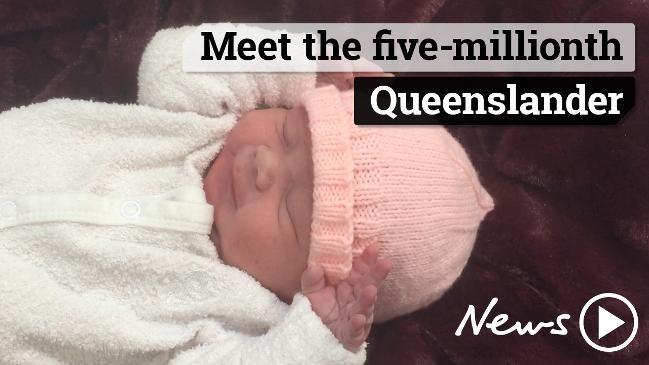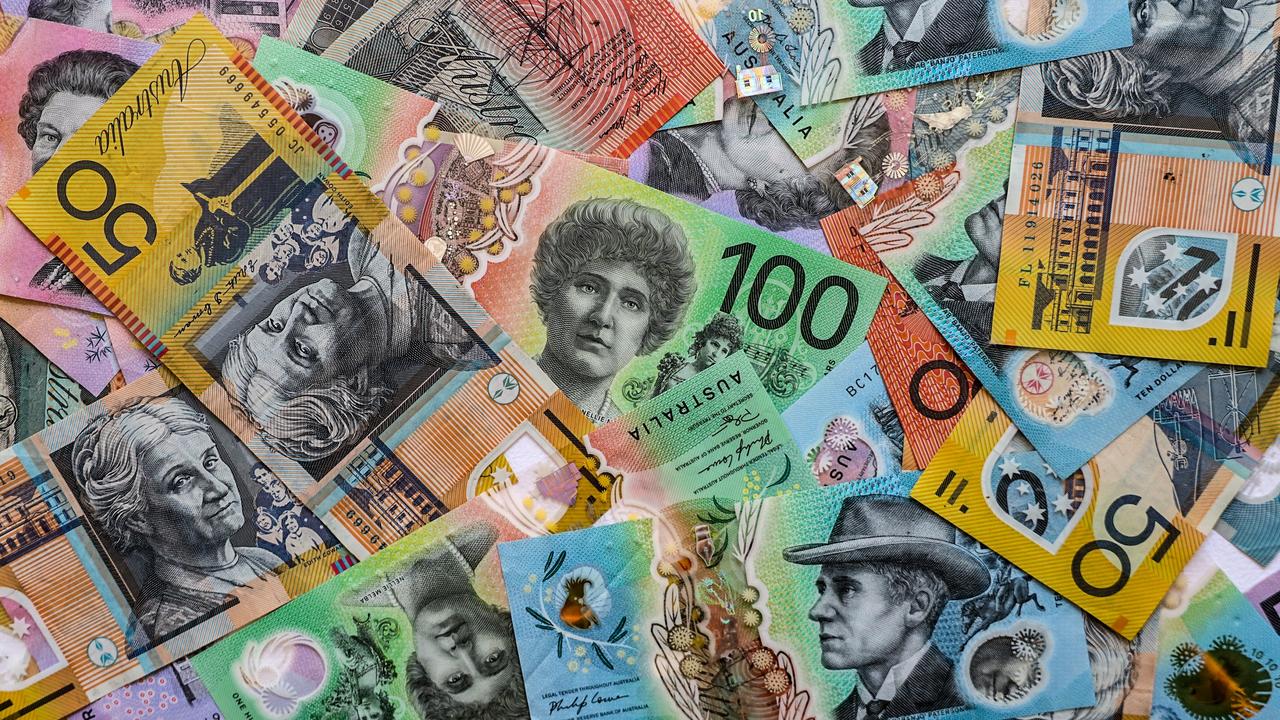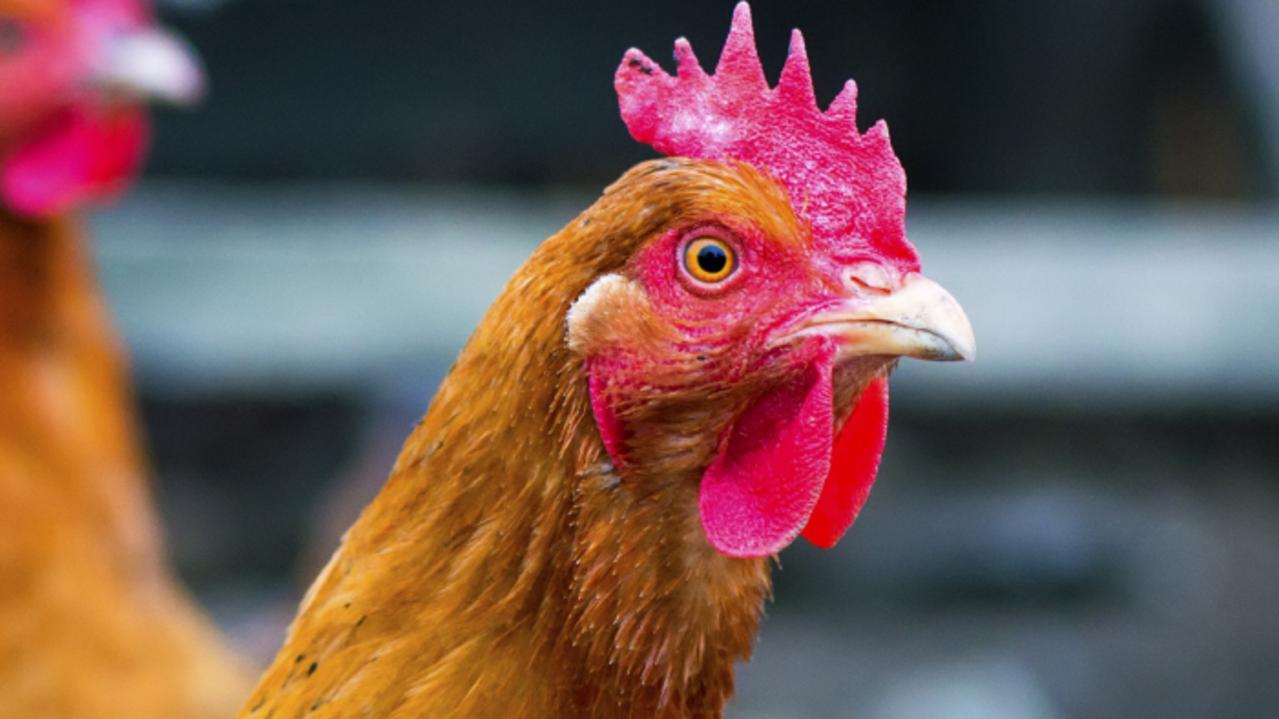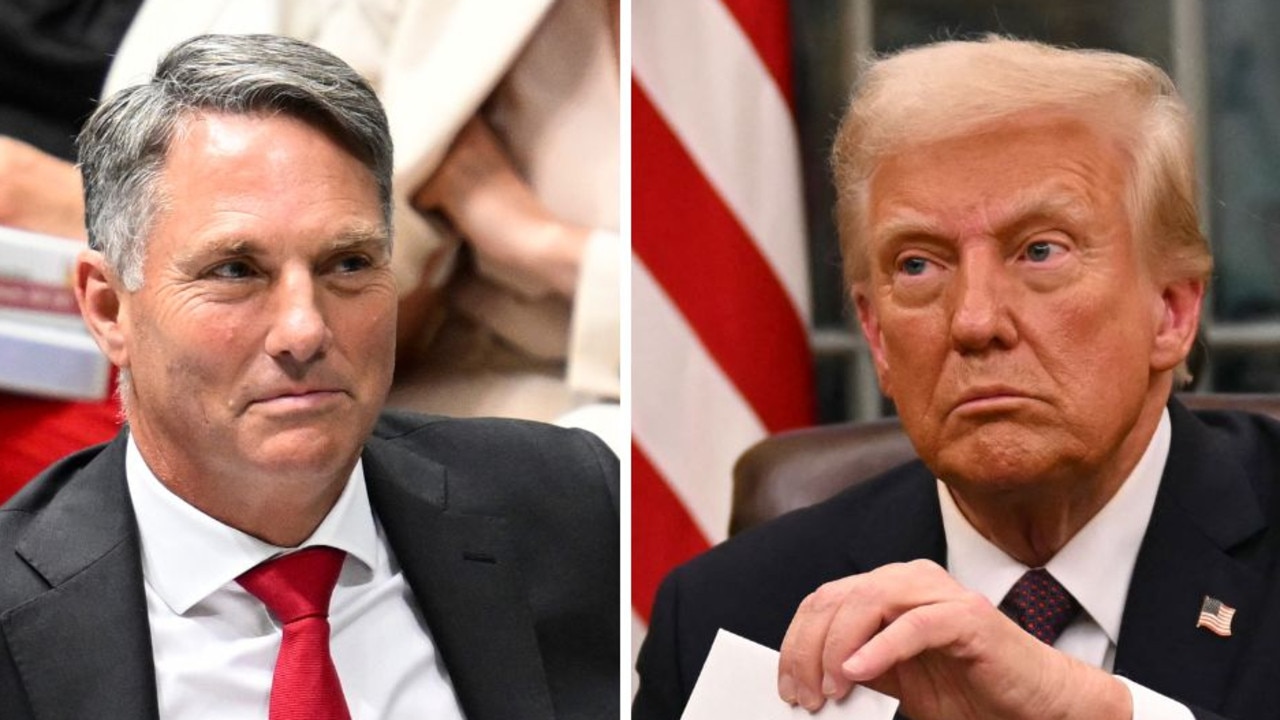Who will be Australia’s 25 millionth resident?
AUSTRALIA’S population will surpass 25 million tonight — but who will be the milestone resident? The answer may surprise you.
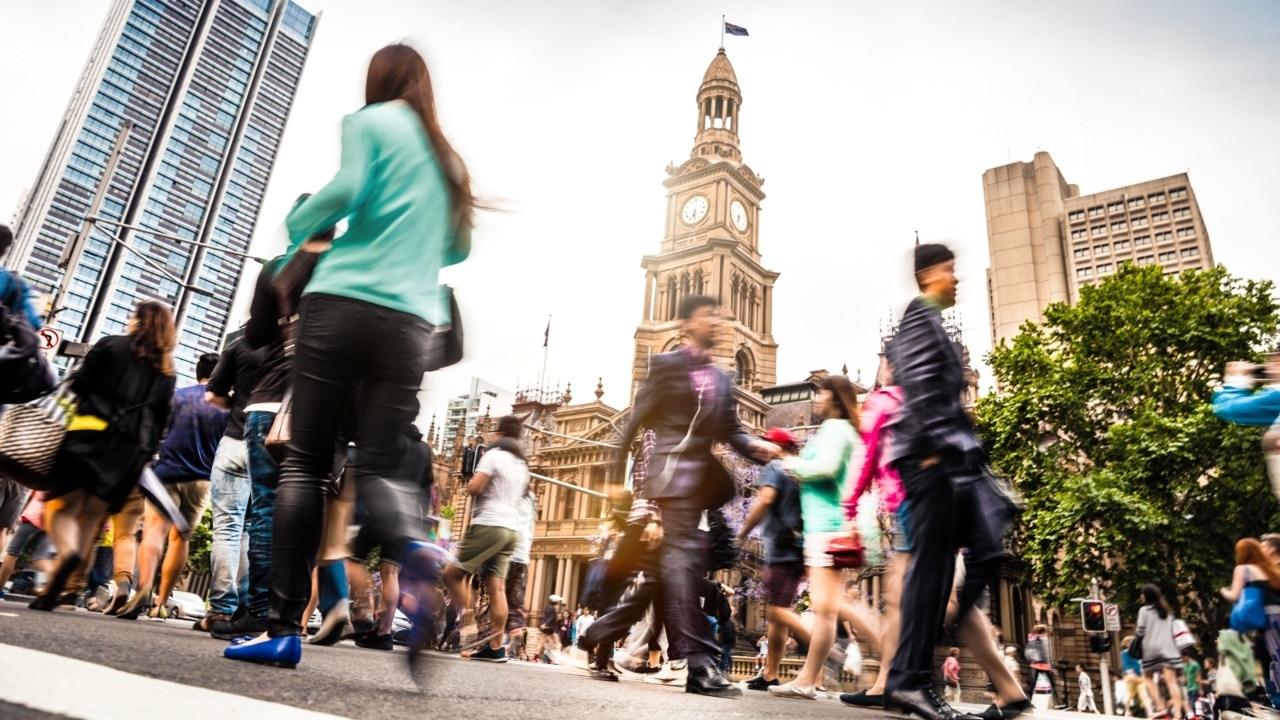
MEET Greg, your everyday Aussie bloke.
Greg is a white male in his mid-to-late 30s with patchy facial hair, an expired gym membership and bicep tattoos of Chinese characters he secretly doubts stand for “Hope, Faith, Love” as he intended.
He enjoys knocking back a few cold ones at the local pub, but you’ll only catch him there between 12 and 2pm during the $10 tradies lunch special.
His wife Sharon wears ugg boots in summer, has spent four years planning a girls’ getaway to Bali, and will take any chance to drop her unsuccessful 2004 Australian Idol audition into conversation with strangers.
They’re your typical suburban couple — he loves his NRL, she loves her Acca Dacca, and together, they see their two-for-one tins of Nescafé Blend 43 as a form of soft rebellion against the latte-sipping left.
As we speak, they’ve crossed their fingers that their soon-to-be-born first child — Harley if it’s a boy, Mercedez for a girl — will bring fame to the family via a live Sunrise appearance as Australia’s 25 millionth resident.
But while we wish Greg and Shaz all the luck in the world with that, the odds are actually stacked against them.
WHO WILL BE AUSTRALIA’S 25 MILLIONTH RESIDENT?
Australia’s population will surpass 25 million tonight, according to projections from the Australian Bureau of Statistics.
The population clock estimates that this record will be set by 11pm, on the basis that our number increases by one person every 83 seconds.
Census data from last year revealed the “typical” Australian was a 38-year-old married mum-of-two, with parents born in Australia, English ancestors and a house mortgage.
But when you consider the diversity of our nation, the 25 millionth resident could be just about anyone — a descendant from the First Fleet, a newborn indigenous Australian, a second-generation Australian of mixed ethnic background, a Chinese university student or an overseas skilled worker.
Speaking to ABC World, author and political commentator George Megalogenis said the milestone resident would most likely be a young, female Chinese student or a migrant worker.
“The two biggest migrant groups in Australia are Chinese and Indians since the turn of the 21st century,” he said.
“So we’re getting an extraordinary number of Chinese and Indians from two countries that are actually rising.
“Since about 2005, we’re receiving more people from overseas than have been added to our population through natural increase, so more migrants than babies.”
Our annual population growth currently sits at 1.6 per cent, which is slightly higher than a global growth of 1.2 per cent and the highest of the G12 nations.
Immigrants make up the majority of this increase, with statistics showing overseas arrivals account for 62 per cent of our population growth.
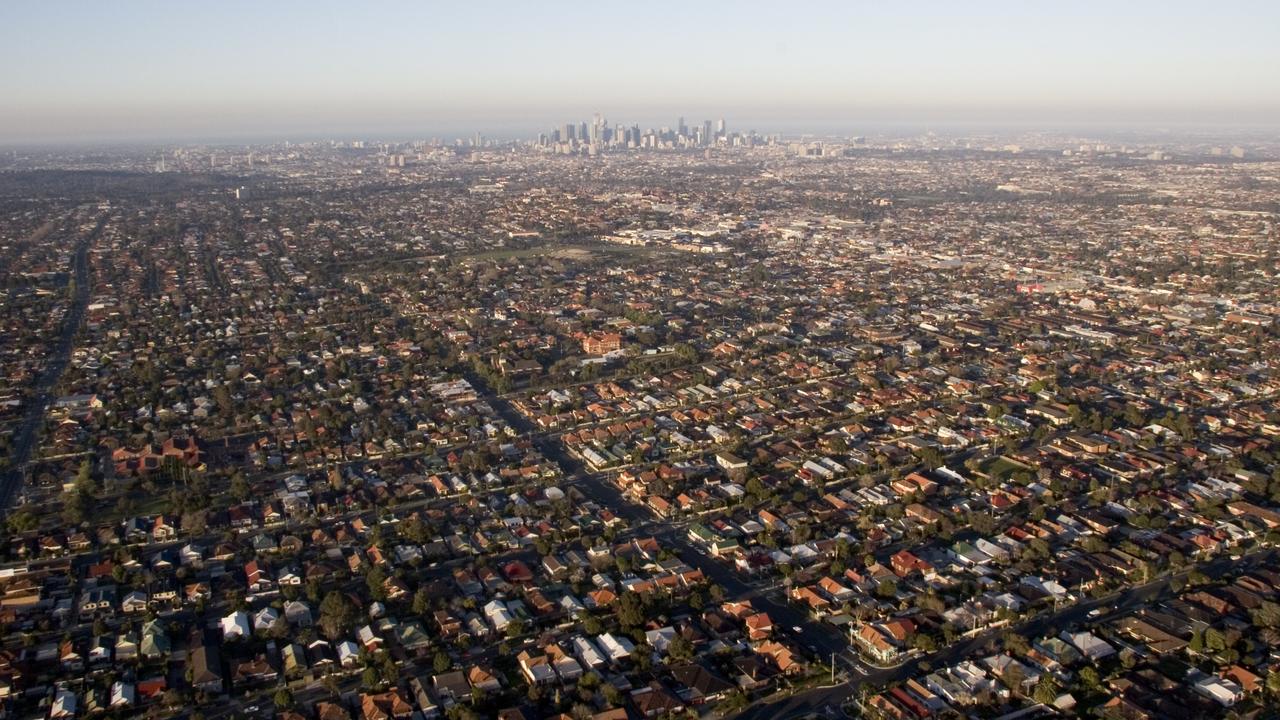
Our newest overseas Australians mostly come from China, who account for around 16 per cent of new arrivals. Indians and Filipinos also make up a sizeable number of the intake.
This means that, statistically speaking, our 25 millionth Australian resident is less likely to be baby Harley or Mercedez, and more likely to be an immigrant, foreign worker or international student flying into Sydney Airport.
On one hand, this showcases Australia’s diversity in the 21st century. The business community stresses the need for skilled workers, and universities need high fee paying international students.
But on the other hand, there are concerns our major cities won’t be able to sustain our rapid growth rate.
THE GREAT POPULATION DEBATE
Immigration has always dipped in and out of the national dialogue, but six months ago, it returned with a vengeance.
In a February interview with Sydney radio host Ray Hadley, Home Affairs Minister Peter Dutton said it was time to look at cutting the permanent migration program.
“We have to reduce the numbers where we believe it’s in the national interest,” he said.
In a speech delivered five days later, former Prime Minister Tony Abbott called for our migration intake to be slashed from 190,000 to 110,000 per year — prompting a backlash from senior members of his own government.
With migrants making up the majority of our population increase, conversations around immigrants and sustainability became one of: How many immigrants should Australia take? Who should they be? Where should they come from? How many more people can we cope with?
In addition to hitting 25 million today — far sooner than previous projections laid out — it’s expected that we’ll reach 36 million by 2050.
Sydney and Melbourne are expected to make up a collective 16 million of that — almost half.
Almost 90 per cent of all new permanent arrivals in Australia are settling in our two main cities, contributing to concerns over transport, infrastructure and property prices.
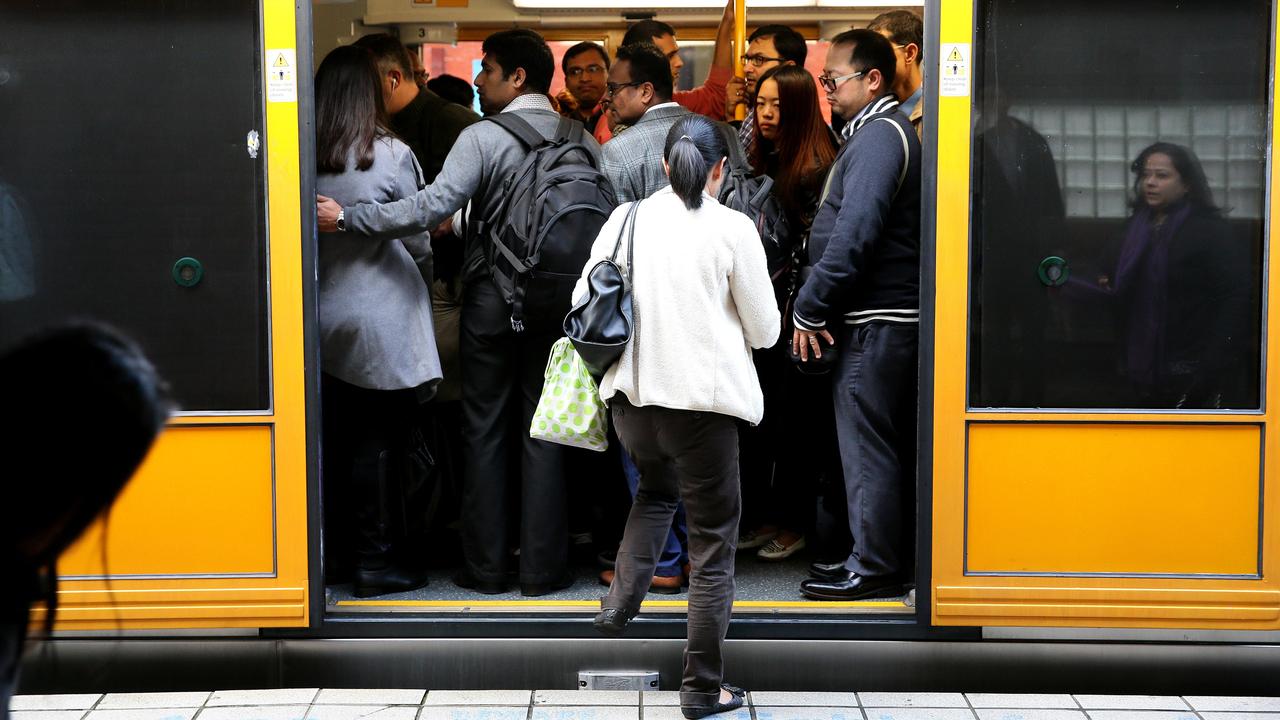
In an earlier interview with news.com.au, former NSW Premier Bob Carr warned we’re on a dangerous path towards overpopulation.
“Ninety per cent of the annual intake goes to Sydney or Melbourne,” Mr Carr said. “Even with the best planning and the biggest infrastructure spends, you still change the character of the city, and I think we’re entitled to think through that a bit more.
“My concern is the conversion of Australia’s east coast to one of towers. That’s what Australia looks like if we’ve got a population of 40 million.
“Our immigration levels in the developed world is the highest in proportion with our population across the developed world, and there’s very little thought given to the consequences of that.”
Some experts disagree. Doctor Liz Allen, a demographer and social researcher at the Australian National University, told news.com.au our current migration intake was at its “optimal level”, saying the “economic benefits are clear”.
“If we were to look at the net effects of the contribution to the economy, Australia benefits and gains more from migrants than migrants draw from Australia,” she said.
So, who will be the milestone resident? It may be baby Mercedez. It could be a foreign worker. It might be a student.
That there’s no simple way to predict it shows our “typical Aussie” isn’t so clear-cut after all.
@gavindfernando | gavin.fernando@news.com.au
